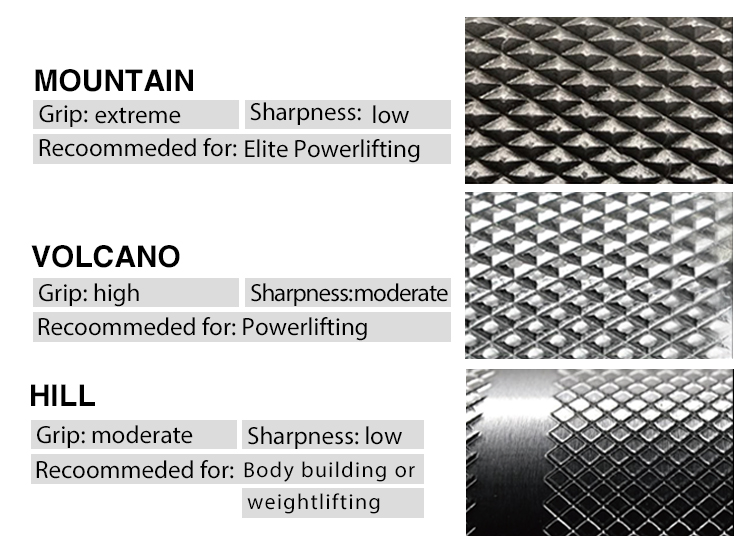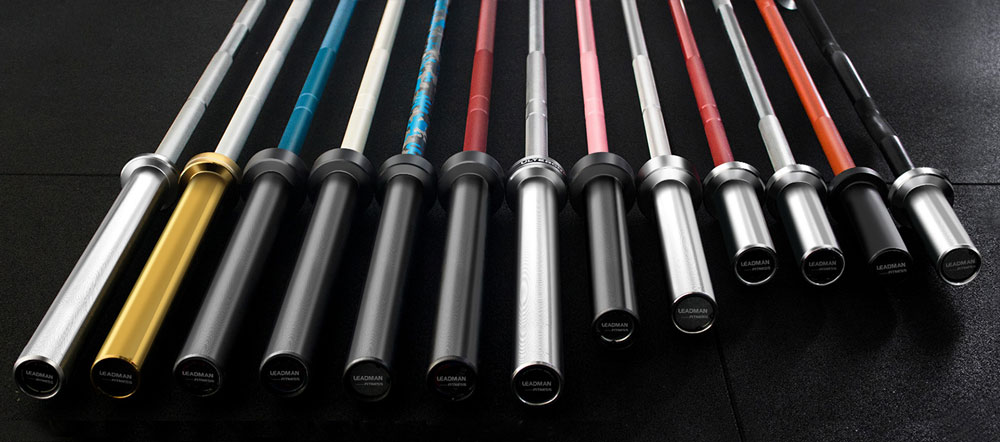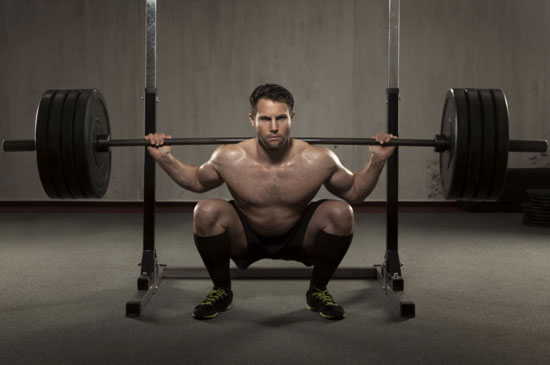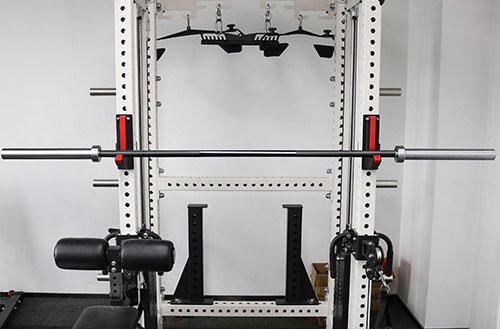Understanding Barbell Knurling: A Complete Guide by Leadmanfitness
When it comes to strength training, one of the most critical aspects of performance is maintaining a strong and secure grip on the barbell. At Leadmanfitness, we believe that understanding the features of your training equipment can significantly impact your lifting results. One such feature is barbell knurling, the textured pattern on the shaft of the barbell designed to improve grip and performance.
In this guide, we’ll explore what barbell knurling is, why it’s important, and how to choose the right knurling for your training needs.

What Is Barbell Knurling?
Barbell knurling refers to the crosshatch pattern on the shaft of the barbell, which enhances grip by increasing friction between your hands and the bar. The knurling is created by machining the steel into small, diamond-shaped pyramids. This pattern varies in depth, aggressiveness, and placement depending on the barbell type and intended use. At Leadmanfitness, we offer barbells with varying knurling styles to meet the needs of athletes at all levels.
Why Is Barbell Knurling Important?
Knurling plays a crucial role in performance, safety, and comfort during lifting. Here are the main benefits:
1. Grip Security
A solid grip is essential for pulling movements like deadlifts and rows. Without proper knurling, the bar may slip, leading to poor form and potential injury. The right knurling helps lifters maintain control, especially during heavy lifts.
2. Hand Placement
Barbells often feature knurl-free sections or smooth rings to guide proper hand placement. This ensures consistent positioning, especially in competitive settings, and helps you maintain form throughout your workout.
3. Comfort and Personal Preference
The aggressiveness of knurling affects how the bar feels in your hands. Lifters performing high-volume training may prefer a milder knurling, while powerlifters handling heavy weights might opt for a more aggressive grip. Finding the right balance between grip and comfort is key to maximizing performance.
Types of Barbell Knurling
At Leadmanfitness, we categorize knurling into three main types: mild, balanced, and aggressive. Each type is designed for specific lifting needs.
1. Mild Knurling (For High-Volume Training)
Mild knurling is softer on the hands and ideal for high-repetition training. Barbells with this knurling type, such as our XF Bars, are perfect for general strength training, CrossFit, and functional fitness.
2. Balanced Knurling (For Competition and Training)
This knurling is designed for lifters who need a strong grip but still want some comfort. It is commonly found on Olympic weightlifting bars and hybrid bars. Our Leadmanfitness Hybrid Bar offers a balanced knurl, making it versatile for a range of lifts, including both Olympic and powerlifting movements.
3. Aggressive Knurling (For Heavy Lifting)
Aggressive knurling provides maximum grip and is typically found on powerlifting bars, where lifters need extra traction during heavy squats, deadlifts, and bench presses. Powerlifting bars at Leadmanfitness feature deep, sharp knurling for secure handling during maximal lifts.
Choosing the Right Knurling for Your Training
The type of knurling that’s best for you depends on the type of lifting you do most frequently:
Olympic Weightlifting: Look for bars with balanced knurling and a smooth center knurl to prevent scraping during cleans. Our Leadmanfitness Olympic Weightlifting Bar provides just the right amount of grip without being too harsh.
Powerlifting: Choose a bar with aggressive knurling and a center knurl for improved grip during heavy squats. For maximum grip on heavy lifts, our Powerlifting Bar features the sharpest knurling for optimal control.
Hybrid or Functional Training: If you perform a variety of lifts, a bar with mild or balanced knurling is best. Hybrid bars, like the ones offered by Leadmanfitness, provide versatility and comfort across different types of training.
Grip Markings for Proper Hand Placement
Many barbells feature grip markings or smooth knurl rings to assist in hand positioning. These markings differ depending on the type of lift:
- Powerlifting Bars: Markings are set closer to the center (810mm apart), as per IPF standards, to help with lifts like bench presses and deadlifts.
- Weightlifting Bars: Markings are placed farther apart (910mm), following IWF standards, to support wider hand grips during snatches and cleans.
Hybrid bars often feature dual markings to accommodate both lifting styles, making them a versatile option for home gyms or multi-discipline athletes.
Center Knurl: Necessary or Not?
A center knurl can be beneficial for some lifts, particularly back squats, as it helps the bar grip your clothing or skin and prevents slipping. Powerlifting bars typically include a center knurl, while Olympic lifting and hybrid bars may or may not, depending on the intended use.
For lifters who perform high-rep sets or a variety of exercises, a bar without a center knurl might be more comfortable to prevent chafing during movements like cleans and front squats.
Final Thoughts
Selecting the right barbell knurling is about understanding your training goals and preferences. Whether you need an aggressive grip for powerlifting or a balanced knurl for hybrid training, Leadmanfitness has the perfect barbell to match your needs. Our range of high-quality barbells is designed with both performance and comfort in mind, ensuring you get the most out of every lift.



